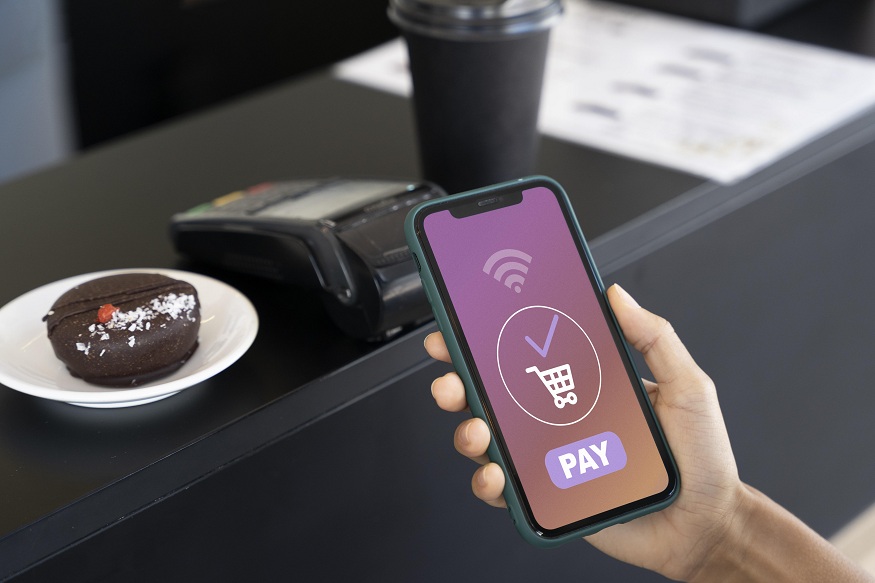Unified Payments Interface (UPI) has revolutionised the way financial transactions are conducted in India. As a system created by the National Payments Corporation of India (NPCI) and regulated by the Reserve Bank of India (RBI), UPI allows for seamless monetary transactions between different bank accounts. With convenience being its cornerstone, UPI transactions have grown exponentially. However, with such rapid adoption, ensuring security has become paramount to building trust among users. In this article, we will delve into how various security features shape trust in UPI transactions.
Understanding the UPI Ecosystem
Before delving into the security features, it is essential to understand the environment in which UPI operates. UPI allows users to link multiple bank accounts to a single mobile application, performing real-time transactions without the need for detailed bank information. This capability of a secure UPI app has not only provided convenience but has also made managing finances significantly easier for users.
Despite its benefits, the digital nature of UPI makes it susceptible to cyber threats. Addressing these vulnerabilities and creating a secure transaction environment is crucial to building and maintaining user trust.
Key Security Features of UPI
1. Two-Factor Authentication (2FA)
The implementation of Two-Factor Authentication in UPI transactions acts as the first line of defence. This involves two levels of security checks: something the user knows (such as a password or PIN) and something the user has (like a mobile phone). This dual-check mechanism ensures that even if one layer of security is compromised, the transaction cannot proceed without the second.
By requiring both the mobile device and the PIN, UPI minimizes the risk of unauthorised access, reassuring users about their transaction security.
2. Secure UPI PIN
A unique security feature in UPI is the requirement of a UPI PIN, which must be entered every time a transaction is initiated. This PIN is known only to the user, adding an essential layer of security. Users are encouraged to choose strong, unpredictable numbers for their UPI PINs and change them regularly to enhance security further.
3. Device Binding
UPI incorporates device binding, tying a user’s account to their specific mobile device. This means that even if a person’s account details are compromised, transactions cannot be executed without the registered device. This feature is akin to having a personalised key that only the respective lock can recognise, ensuring that the transaction remains secure.
4. End-to-End Encryption
All UPI transactions are protected with end-to-end encryption. This means that the data being transmitted during a transaction is encrypted on the sender’s device and only decrypted by the recipient’s device. This encryption ensures data integrity and confidentiality, preventing unauthorised access or alterations.
5. Timely Transaction Alerts
Timely alerts via SMS or email for every transaction are incredibly beneficial. They keep users informed of their account activities, allowing them to monitor and quickly react to any suspicious transactions. Receiving real-time notifications acts like an instant watchdog, keeping users assured of the security of their transactions.
Real-World Analogy: The UPI Lock and Key
Consider UPI transactions akin to securing your valuables with a lock and key. The lock (UPI system) has been crafted with intricate security features: the lock component itself (the software and encryption), multiple tumbler pins offering layers of security (2FA, UPI PIN), and a key unique to the owner (device binding). This analogy underscores the importance of a multi-layered security approach and the ease it offers the user, much like the simple act of locking a door while being assured of its security.
Building Trust Through Transparency and Education
1. Transparency from Developers:
Ensuring user trust requires ongoing transparency from UPI service providers about how security measures are implemented and updated. Regular sharing of information about security improvements not only keeps users informed but also fosters a culture of trust.
2. User Education:
Educating users on the best practices for securing their transactions is vital. Simple steps, such as regularly updating the app, never sharing UPI PINs, and being cautious of phishing scams, can significantly bolster security. Workshops and informative campaigns led by banks and fintech companies can empower users to protect themselves effectively.
Real-World Stats: Growing Trust
According to a report by NPCI, UPI recorded over 4 billion transactions in a single month in 2021 alone. Such staggering numbers indicate not only widespread adoption but growing trust in the system. This trust is largely due to the robust security mechanisms that have been put in place.
Furthermore, experts predict that with continuous refinement of security features and user education, the adoption rate of UPI will continue to rise, further solidifying its position as a leading digital payment method in India.
Strengthening the Role of Regulatory Bodies
The NPCI and RBI play a pivotal role in ensuring that UPI remains a safe platform for users. Regular audits, setting stringent security protocols, and forcing compliance from all parties involved in UPI transactions can only enhance the credibility and safety of the ecosystem.
Additionally, the encouragement of innovative security solutions, such as biometric verification or AI-driven fraud detection systems, can keep UPI at the forefront of digital payment security.
Conclusion: Building a Secure Future
Trust in UPI transactions is built not only through the stringent security features of a secure UPI app but also through the constant evolution and adaptation of these features. As users, awareness and proactive measures are crucial. For developers and regulatory bodies, continuous innovation and strict adherence to security protocols are key.
The importance of these security features in shaping trust cannot be overstated. It is this trust that ensures users continue to embrace UPI as a convenient, efficient, and secure mode of transaction. With concerted efforts from all stakeholders involved, the future of UPI looks promising, paving the way for a digital revolution in India’s financial landscape.
In conclusion, security is not just a feature of UPI; it is its backbone. As users and developers become increasingly aware of security’s role, the more robust and dependable UPI transactions will become. Let us wholeheartedly embrace and strive towards a secure UPI app future, where trust in digital payments becomes second nature.


